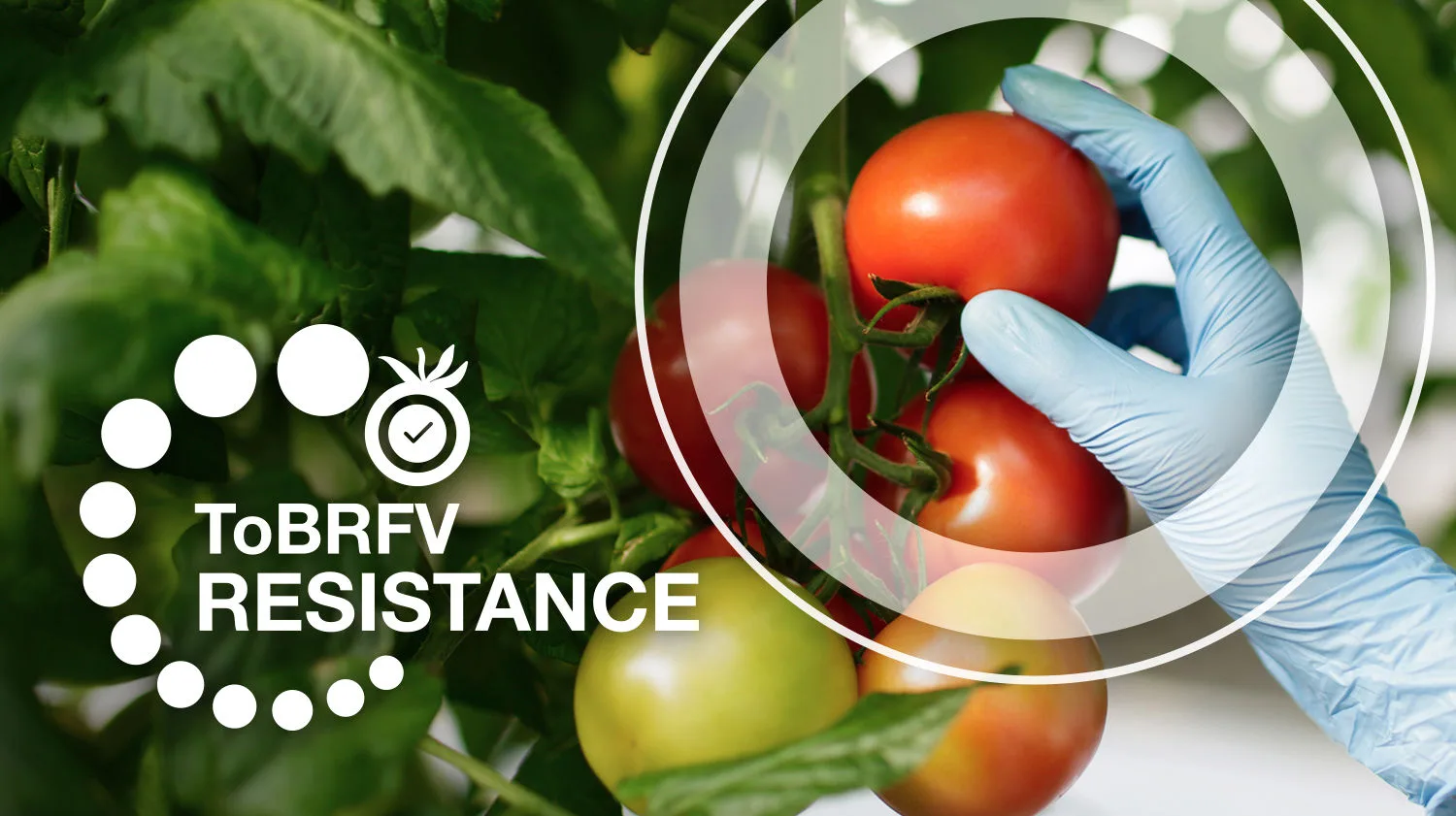Causal Agent
Botrytis squamosa
Distribution
North America and Europe
Symptoms
The fungus primarily attacks the leaves. The first symptoms begin as small white spots that are surrounded by a greenish halo. Centers of spots often are tan, making it difficult to distinguish between leaf blight and damage from insect feeding, mechanical damage or herbicide injury. Lesions expand with age and when numerous, may cause leaf tips to dieback. Eventually, leaf death results and severely affected onion fields develop a blighted appearance. Bulbs from infected plants may be small because growth is reduced by leaf loss.
 White spots surrounded by a greenish halo
White spots surrounded by a greenish halo
 Tan colored leaf spots
Tan colored leaf spots
Conditions for Development
The fungus may over-winter in infected plant material or may survive in the soil as small, dark brown sclerotia. During moist periods with moderate temperatures, fungal spores are dispersed from sclerotia, infected leaves and debris to initiate infection. This disease can spread rapidly when environmental conditions are favorable for development.
Control
A good preventive fungicide spray program is important. Disease forecasting systems have been developed for some areas and these are very useful for determining the optimum timing for sprays. Destroying onion or debris cull piles will help reduce sources of inoculum. Orienting plant rows and spacing to maximize air movement helps reduce the time that leaves are wet and results in less disease incidence and severity. Cultural practices such as deep plowing and crop rotation will help reduce numbers of sclerotia in the soil.





